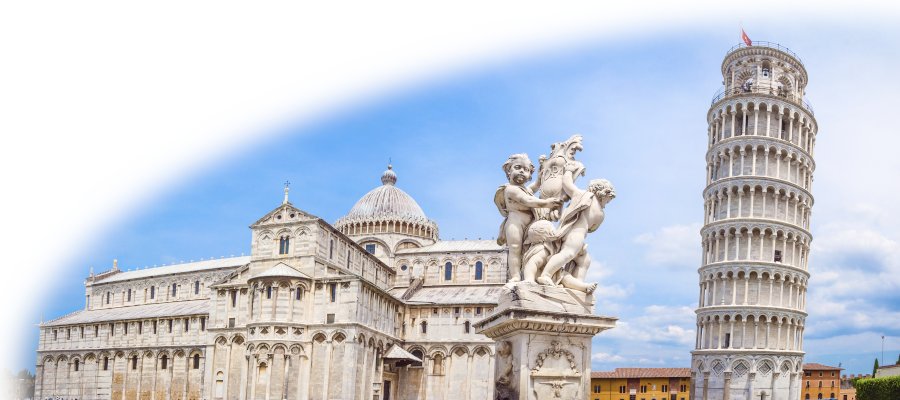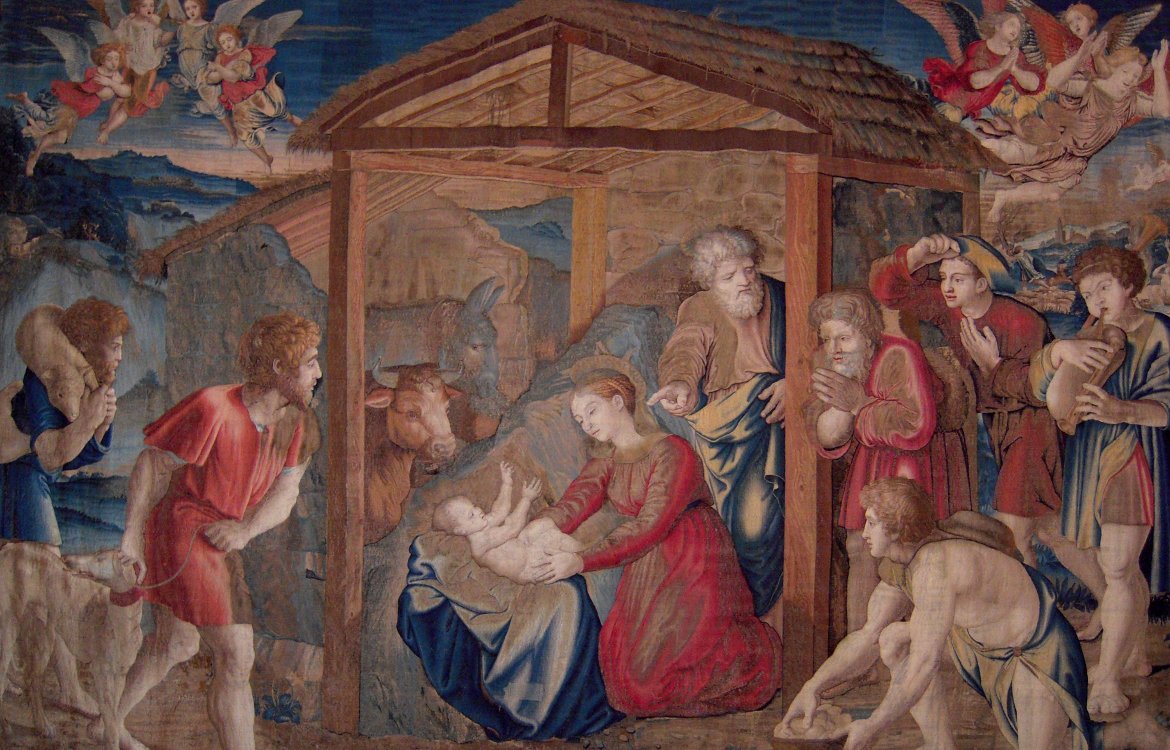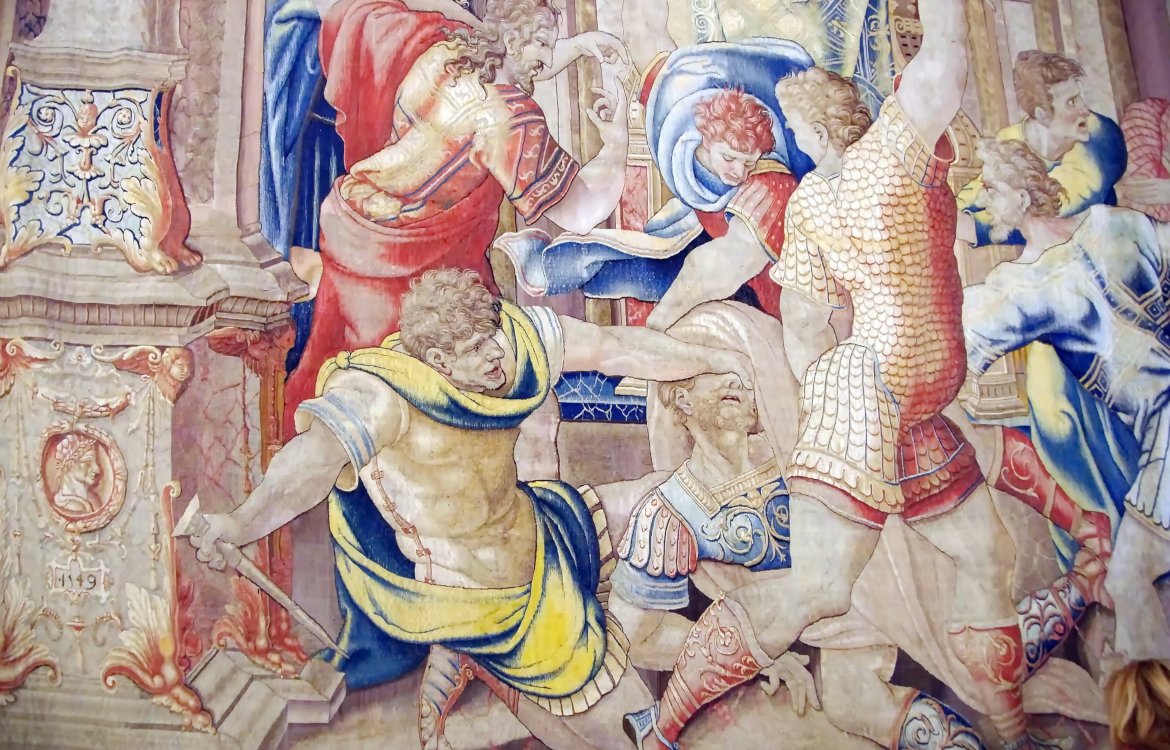-
 See all ...View our full range of attractions, activities and destinations ...
See all ...View our full range of attractions, activities and destinations ...-
- Michelangelo's David
- Uffizi Gallery
- Florence Cathedral
- Palazzo Vecchio
- Pitti Palace
- Boboli Gardens
- Vasari Corridor
- Bargello
- Santa Croce
- Brancacci Chapel
- Medici Chapels
- Florence tours
- Walking tours
- Art tours
- Segway tours
- Bicycle tours
- Bus tours
- Cooking course
- Wine tasting
- Florence excursions
- Airport shuffle
- Train tickets
- Colosseum tickets
- Colosseum tours
- Colosseum dungeons
- Colosseum by night
- Vatican tickets
- Vatican tours
- Private Vatican tours
- St Peter's Basilica
- Borghese Gallery
- Domus Aurea
- Caracalla baths
- Castel sant'Angelo
- Palazzo Valentini
- Roman catacombs
- Rome tours
- Rome private tours
- Rome Segway
- Rome by bike
- Rome bus tours
- Train tickets
-
-
 FlorenceNew OffersFlorence, 'Cradle of the Renaissance', home to Michelangelo's David, the Uffizi Gallery ...
FlorenceNew OffersFlorence, 'Cradle of the Renaissance', home to Michelangelo's David, the Uffizi Gallery ...-
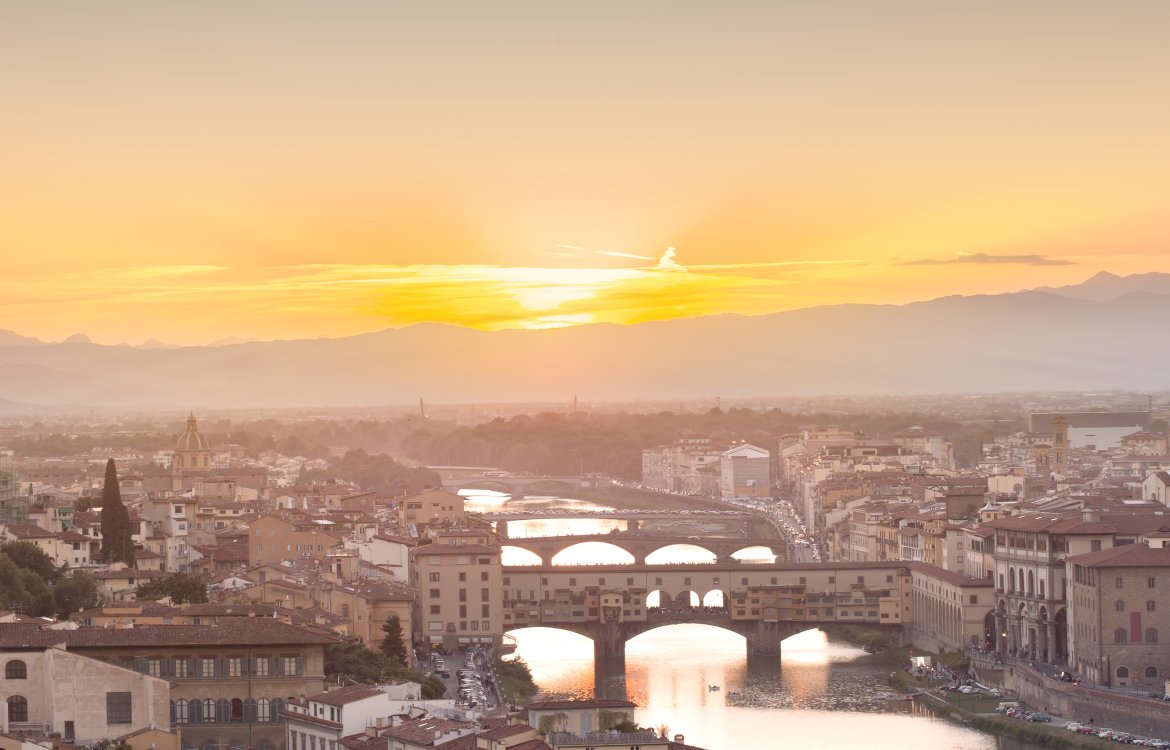 Discover Florence
Discover Florence
Florence - Firenze - is many things; the heart of Tuscany, a Renaissance jewel, a true city of art. It's home to the Uffizi, one of the oldest museums in the world, and the Accademia, home to one of the most famous statues in the world - David. The incredible Cathedral - Duomo dominates the skyline, with Brunelleschi's fabulous dome - cupola, and Giotto's mighty clock-tower - campanile.
Background, must-sees and map of Florence, "Cradle of the Renaissance":
Explore Florence
-
-
 RomeLate dealsRome, the 'Eternal City', explore the Colosseum, The Roman Forum, the jewels of Ancient Rome ...
RomeLate dealsRome, the 'Eternal City', explore the Colosseum, The Roman Forum, the jewels of Ancient Rome ...-
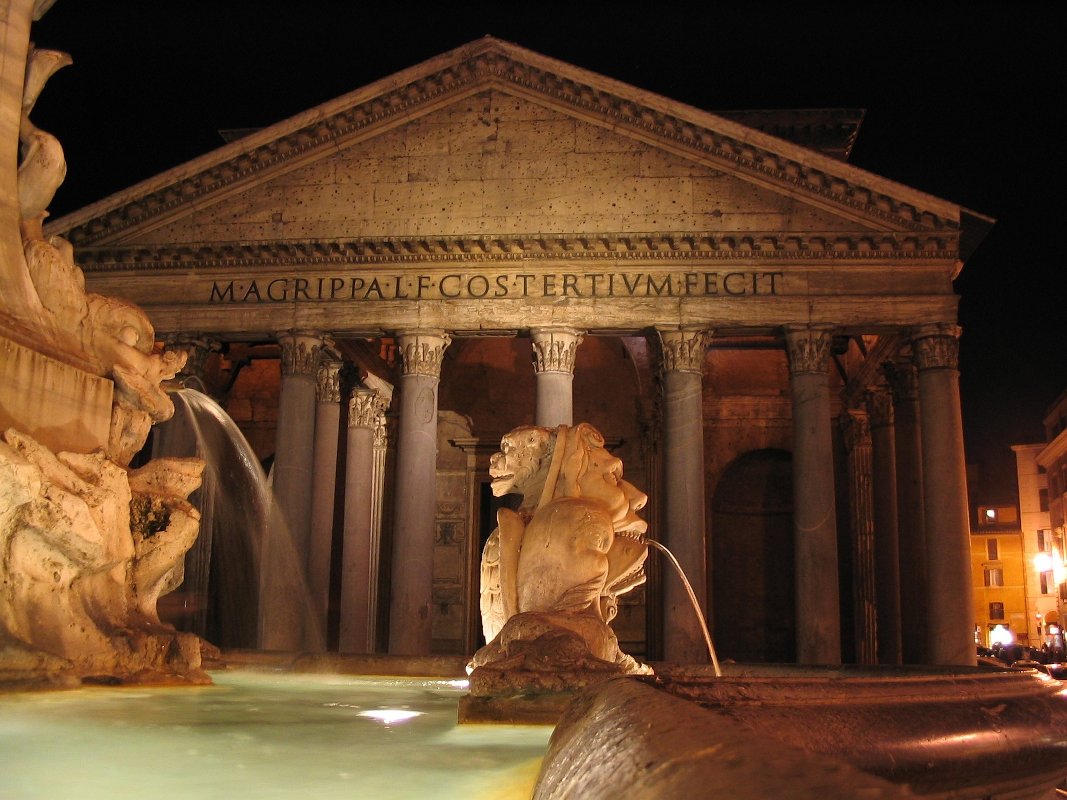 Discover Rome
Discover Rome
Rome - Roma - is the Classical city of the Forum, the Pantheon and the Colosseum. It is pagan temples, early Christian Churches, Renaissance Basilicas, the Vatican of course. Rome is an architectural masterclass in the Classical, the Romanesque and all flavours of Gothic architecture, of the Baroque. And it is the romantic city of the Trevi Fountain and the Spanish Steps.
Background, must-sees and map of Rome, "The Eternal City":
Explore Rome
-
-
 The VaticanSkip the linesThe Vatican and St Peter's, home of the Catholic Church and the treasures of the Vatican Museums ...
The VaticanSkip the linesThe Vatican and St Peter's, home of the Catholic Church and the treasures of the Vatican Museums ... -
 VeniceVenice, the floating city. Wonder at the Doge's Palace, St Mark's Square, and explore the canals by gondola ...
VeniceVenice, the floating city. Wonder at the Doge's Palace, St Mark's Square, and explore the canals by gondola ... -
 MilanLast Supper ExclusivesMilan, home of fashion, the fabulous Gothic Duomo, and, of course, Leonardo da Vinci's Last Supper ...
MilanLast Supper ExclusivesMilan, home of fashion, the fabulous Gothic Duomo, and, of course, Leonardo da Vinci's Last Supper ...-
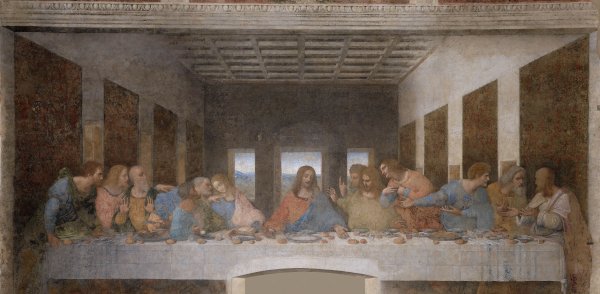 Da Vinci's Last SupperWe have specialised in Last Supper
Da Vinci's Last SupperWe have specialised in Last Supper
tickets and tours for over 15 years.
Availability is always limited and
advanced booking is essential.
Check availability
-
-
 PisaSkip the linesPisa, home to the must-see Leaning Tower of Pisa and the nearby annual Andrea Bocelli concert.
PisaSkip the linesPisa, home to the must-see Leaning Tower of Pisa and the nearby annual Andrea Bocelli concert.  Tailor-made Private ToursCustom private tours and excursions on request
Tailor-made Private ToursCustom private tours and excursions on request
- Best sellers:
- Tailor-made tours
- David, Florence
- Uffizi Gallery
- Vatican
- Last Supper
- Pisa Tower
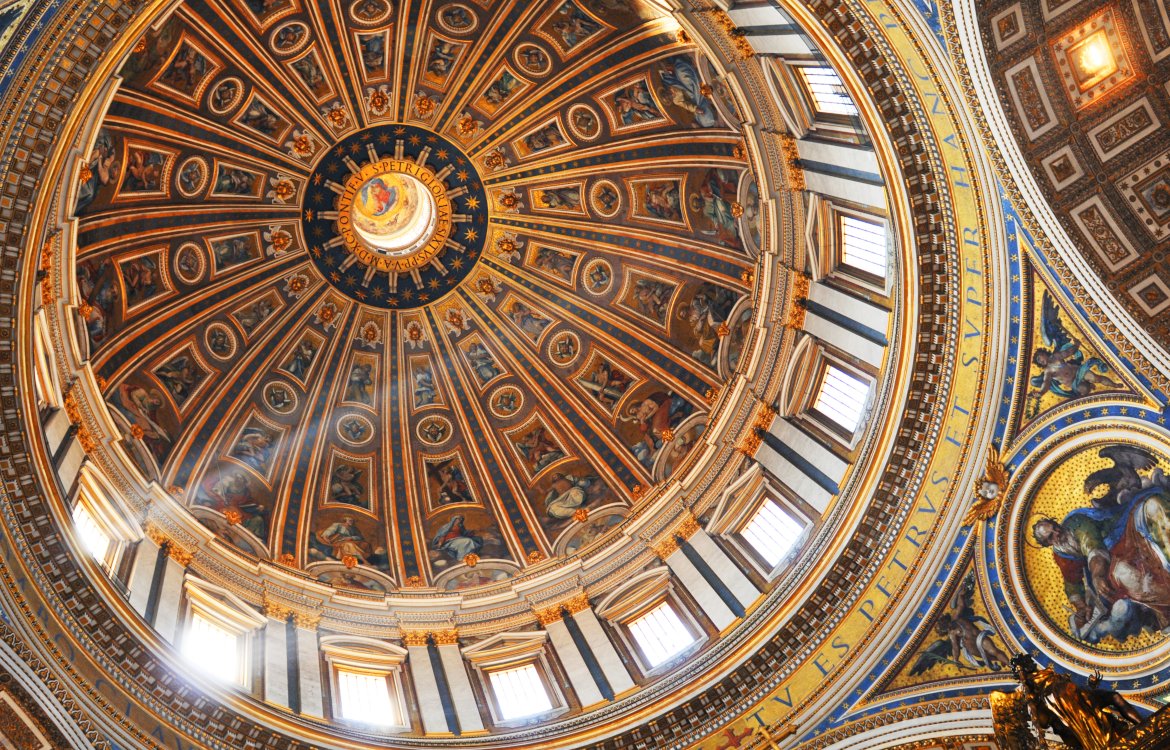
Vatican - visitor information for the Galleria degli Arazzi
Tickitaly are official agents for the Vatican and offer Vatican tickets as well as both group and private Vatican tours. You may also be interested in our FAQ page where we attempt to answer all your questions on visiting the Vatican.
Book Vatican tickets Book Vatican tours
[Back to main menu for Vatican visitor information]
The Galleria degli Arazzi
Next door to the Galleria dei Candelabri lies the Galleria degli Arazzi (Gallery of Tapestries). This is a deceptively simple room, yet it has treasures within. But the greatest miracle of these 27 tapestries is that they have survived at all.
The tapestries were, for the most part, woven during the 1600s, though some are more recent. The impetus came from Pope Leo X as he considered the practice of popes, with an eye on posterity, making their own mark on the Vatican. These tapestries were intended for the Sistine Chapel. Pope Sixtus had commissioned wall frescoes from masters such as Botticelli and Perugino; his successor, Julius II, commissioned Michelangelo's fabled ceiling painting. The only place left was the lower walls, and Leo decided to cover these with a tapestry cycle.
Leo X commissioned cartoons (drawings) from the painter Raphael in 1515, these to serve as patterns for the tapestries, and Raphael's pictures showed scenes from the lives of Saints Peter and Paul. Raphael was a brave choice, as tapestry design was traditionally the province of the Flemish artists (the actual weaving would be done in Brussels). Leo was to marry the aesthetics of the Italian Renaissance with the brilliance of the Flemish weavers.
Raphael drew cartoons for ten of the tapestries, with his pupils making a dozen more from their master's sketches. Another five are of more recent vintage. The cartoons themselves were to become collectable, with seven of them being bought by Charles I of England (they now hang in the V&A Museum in London). The cartoons then went to the Brussels workshop of tapestry weaver Pieter van Aelst. These tapestries, woven in gold thread, silk and wool cost the Papacy 16,000 ducats in the early sixteenth century (the equivalent of some €3000 per tapestry). It was an astonishing sum, five times the amount Michelangelo received for the roof of the Sistine Chapel. Copies of the hangings can today be found around Europe, in Paris, Dresden, Loreto and Berlin inter alia. That said, tapestry, which was incredibly labour intensive and requiring expensive materials, was ranked above painting in the hierarchy of arts of the day.
The cartoons took on a life of their own though. Through the 1500s they were passed around the workshops of weavers in Brussels, with new commissions being made from them as their popularity grew. Francois I of France and Henry VIII of England (among others) commissioned tapestries - hence the presence of copies in so many European cities. And these templates themselves grew valuable. Charles I bought seven of the cartoons from a dealer in Genoa in 1623, paying the extraordinary fee of £300. They stayed in the Royal Collection, eventually being donated to what became the Victoria and Albert Museum by Queen Victoria.
On the left of the Galleria degli Arazzi, as you enter, are Raphael's Brussels tapestries. On the right are a series woven at the Rome workshops of Barberini, these depicting scenes from the life of Maffeo Barberini, who was to become Pope Urban VIII. It's only good fortune that they survive. Having originally hung in the Sistine Chapel, the tapestries were stolen during the Sack of Rome in 1527. Pope Julius III negotiated their return during the 1540s but, when Rome was occupied by the French in 1798, the tapestries were again stolen. Pius VII has to buy them back from a Genoese dealer in 1808. Battered, weakened but not destroyed, the 'arazzi' returned to their new home ... where they have hung ever since.
Tickitaly are official agents for the Vatican and offer individual ticket booking as well as both group and private tours - click here for information on arranging a private tour for you and your party, and click here for information on joining a group tour of the Vatican.
Why Tickitaly?
| Based in Italy for 15+ years. Local knowledge, local contacts. We're here to help. | |
| Transparency. All tickets are full-entrance with no extras to pay! | |
| Availability - we'll often get you in when availability elsewhere is exhausted. | |
| Trust - we've been working with suppliers and guides for ever! Over 10,000 reviews with an average of almost 5 out of 5! |
Payments
We use industry standard Stripe for all-secure payments.
You'll be charged nothing until we have confirmed your tickets and tours.
All prices are displayed in full - there are no additional charges 'on-site' and you will be arriving with the confidence of carrying fully-paid tickets.
Tickitaly is a Licensed Italian Travel Agency
Registered at the Florence Chamber of Commerce
P.IVA 05144650487
We use industry standard Stripe for all-secure payments.
You'll be charged nothing until we have confirmed your tickets and tours.
All prices are displayed in full - there are no additional charges 'on-site' and you will be arriving with the confidence of carrying fully-paid tickets.


